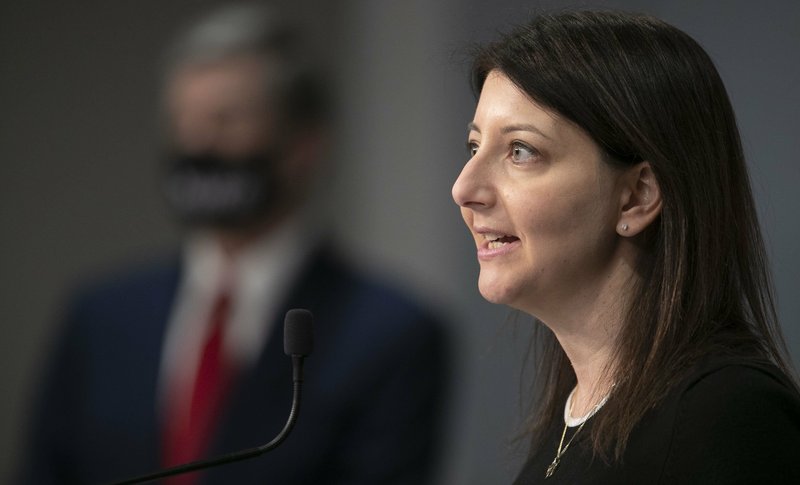North Carolina middle schools and high schools are now able to reopen under less stringent social-distancing requirements between students inside the classroom, state health officials announced Tuesday in an easing of pandemic restrictions.
Revised guidance for schools previously distinguished between elementary school children and older students, with more social distancing restrictions in place for pupils between 6th and 12th grades. But after an update last week from the U.S. Centers for Disease Control and Prevention, the state Department of Health and Human Services is now recommending that desks for all K-12 students be spaced at least 3 feet apart in classrooms whenever possible.
The new guidance still gives districts the choice to have their middle and high schools operate with daily, in-person instruction under Plan B, which requires 6 feet of separation. Regardless of the plan they choose, these schools must mark 6 feet of spacing to remind students to stay apart in lines and whenever congregate, such as at lunch, recess, in break rooms, locker rooms and restrooms. They must also give parents the option of having their child learn remotely.
“Schools must create a process for students and/or their families, teachers, and staff to self-identify as high risk from COVID-19 and have a plan in place to address requests for alternative learning arrangements or work reassignments,” the guidance states.
Tuesday’s update also could remedy lawmakers’ concerns that charter schools had not been explicitly included in guidance put forward by the state earlier this month.
Rep. Jason Saine, a Lincoln County Republican, suggested in a committee hearing earlier Tuesday that forthcoming guidance could address his concerns, thus canceling the need to bring a bill to the House floor on Wednesday.
Separately, the full House on Tuesday unanimously approved an education bill that would allow the University of North Carolina system or its campuses to temporarily cut worker pay amid budget shortfalls fueled by the coronavirus pandemic.
House Bill 243, which now goes to the Senate, would cap the salary decreases to 20% annually or less than $45,000. Education officials could also offer employees unpaid leave until December 2022.
Photo via Robert Willett/The News & Observer.
Related Stories
‹

Cooper, Legislative Leaders Announce Deal on K-12 SchoolsWritten by GARY D. ROBERTSON Democratic Gov. Roy Cooper and Republican legislative leaders announced compromise legislation Wednesday that will mean more K-12 students in North Carolina will return to daily in-person instruction, some almost immediately. The agreement, announced in a rare bipartisan news conference by some the state’s most powerful leaders, comes nearly two weeks after […]

North Carolina GOP Again Seeking To Limit Racial TeachingsWritten by HANNAH SCHOENBAUM A previously vetoed proposal advancing in the North Carolina House would restrict how teachers can discuss certain racial topics in the classroom amid a national GOP crusade against ideas they associate with “ critical race theory.” The bill, which passed Tuesday in the House Education Committee, would ban public schools from compelling students […]

Health Experts, Orange County Officials Share Concern for LGBTQ Wellbeing in Wake of NC BillsThe passage of two bills by the North Carolina General Assembly has drawn condemnation from some elected bodies in Orange County and local pediatric health experts alike for their anti-LGBTQ+ elements. The bills’ sponsors say the elimination of gender-affirming medical care for those under 18, as well as the requirement of educators to alert parents […]
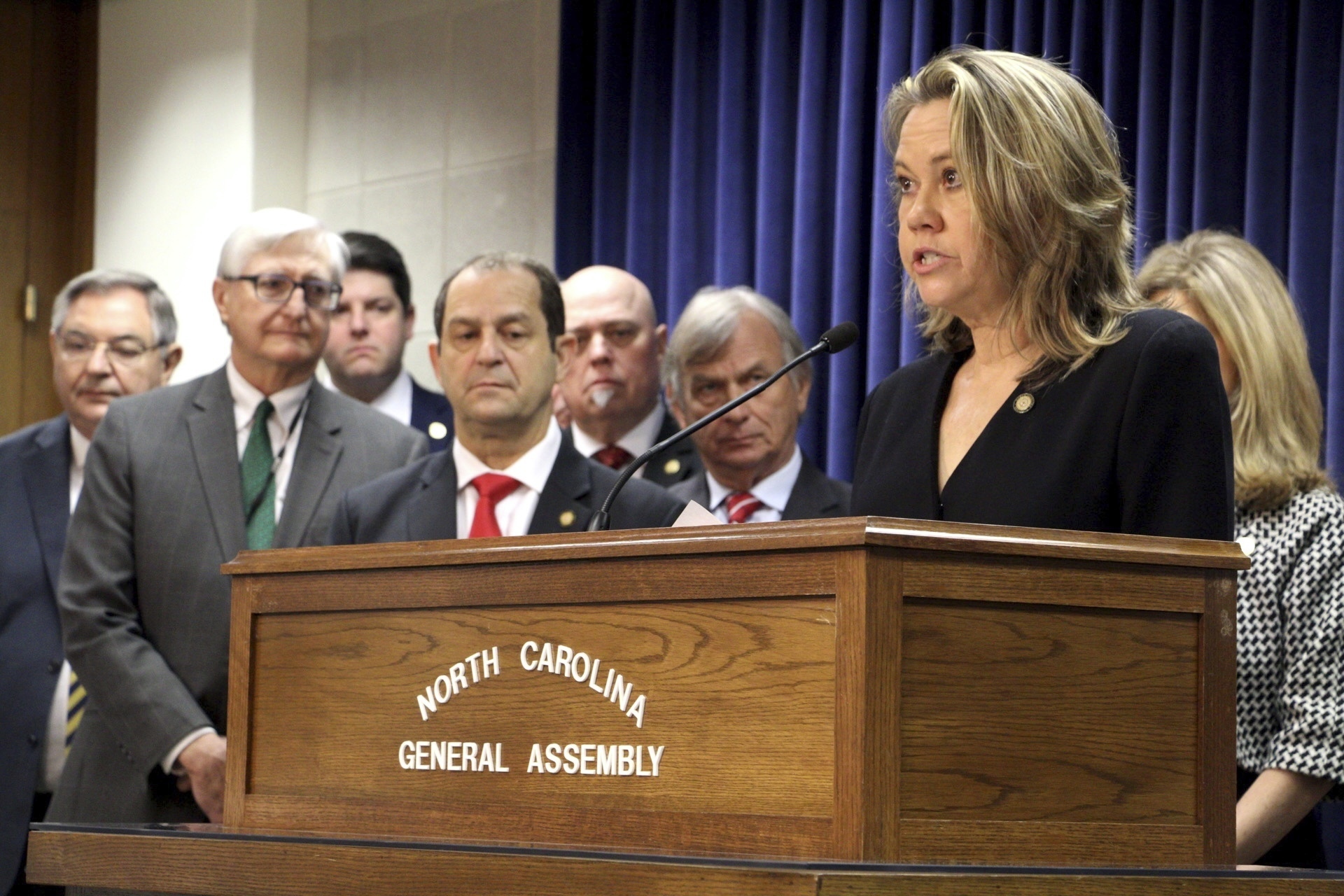
North Carolina Senate Again Seeking LGBTQ Limits in SchoolsWritten by HANNAH SCHOENBAUM A bill advancing in North Carolina’s Senate would prohibit instruction about sexuality and gender identity in K-4 public school classes, defying the recommendations of parents, educators and LGBTQ youths who testified against it. Sponsors of the bill, approved Wednesday by the Senate education committee, say they want to grant parents greater authority […]
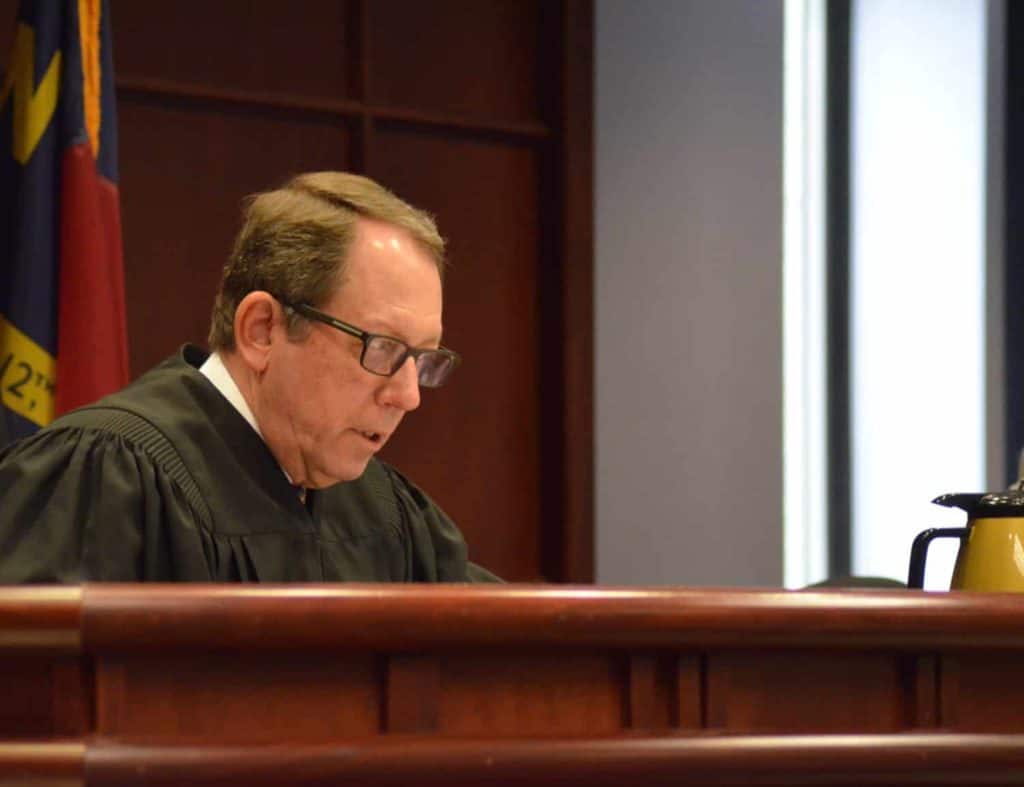
NC Judge: No Explanation for Replacement in ‘Leandro’ CaseWritten by GARY D. ROBERTSON A retired judge who has managed longstanding litigation on K-12 education spending in North Carolina for years said he’s received no direct explanation why he’s not handling the next portion of the case. Superior Court Judge David Lee has been overseeing the lawsuit called “Leandro” since late 2016. But this […]
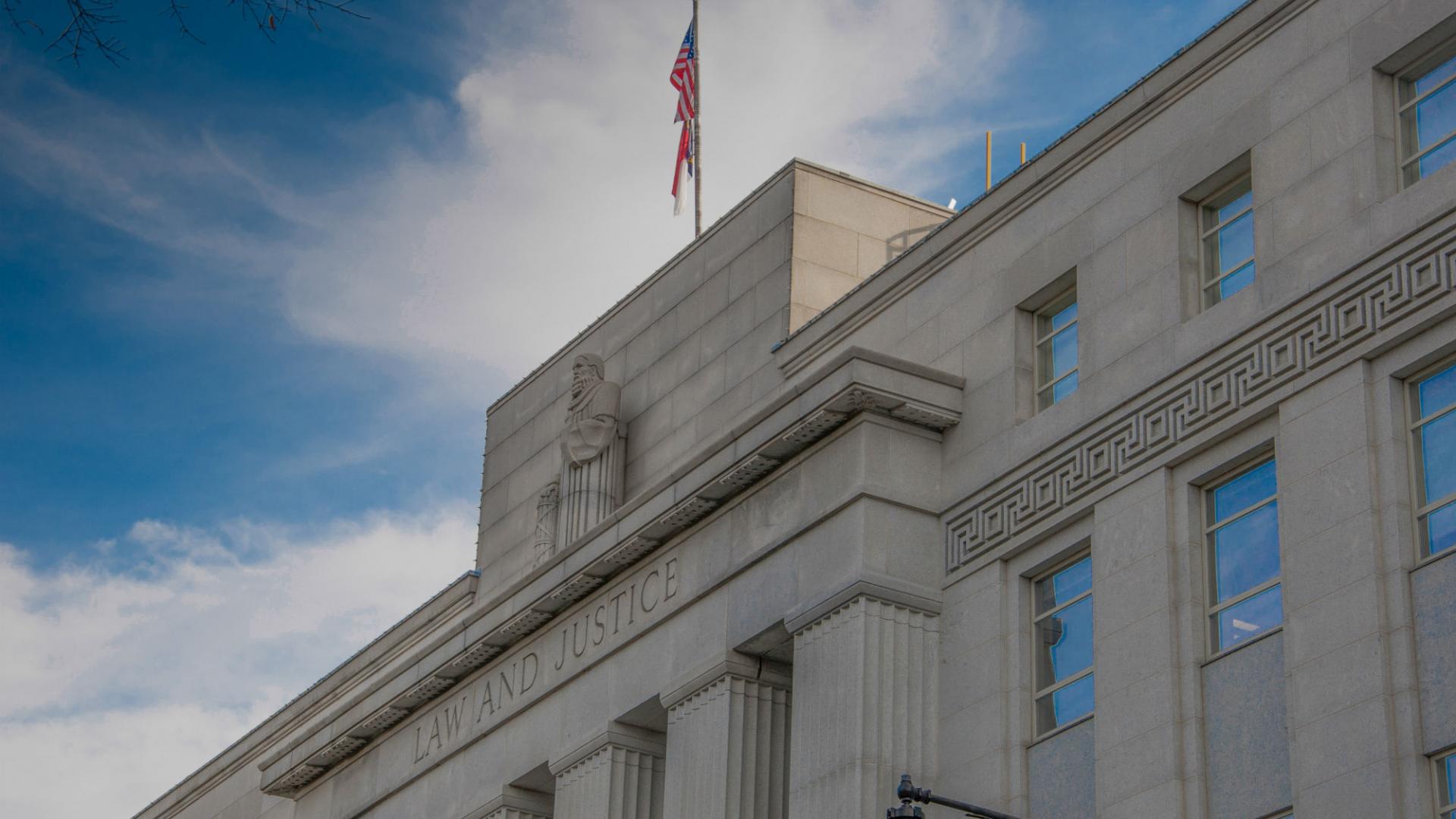
‘Leandro’ Fast-tracked to Justices; New Judge Directs ReviewWritten by GARY D. ROBERTSON North Carolina’s justices have agreed to accelerate the process that will likely lead to another landmark ruling over inequities in the public schools and the state’s role in removing them — such as whether courts can order that taxpayer money be spent. The state Supreme Court granted a request backed […]
![]()
Judge: N Carolina Must Spend $1.75B to Narrow Education GapWritten by GARY D. ROBERTSON A North Carolina trial judge on Wednesday ordered the state to pay out $1.75 billion to help narrow the state’s public education inequities, angering Republicans who said the directive usurps lawmakers’ constitutional authority over state coffers. Superior Court Judge David Lee, who is charged with overseeing corrective responses to school […]
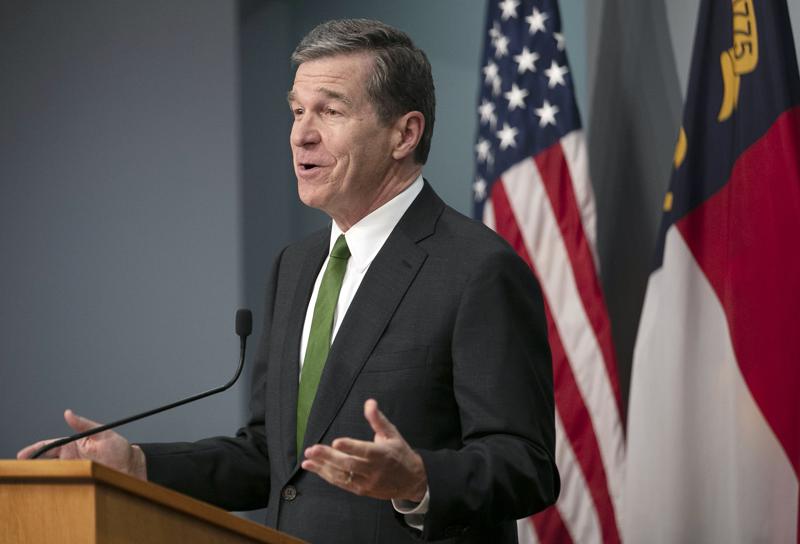
Cooper: I’ll Seek Public School Spending Surge in NC BudgetWritten by GARY D. ROBERTSON Soon entering the critical phase of North Carolina’s budget talks, Democratic Gov. Roy Cooper said Tuesday he would aim to get Republican lawmakers to fund public education improvements a judge says the state must start implementing. Addressing a panel he created to help comply with legal rulings in a decades-old […]
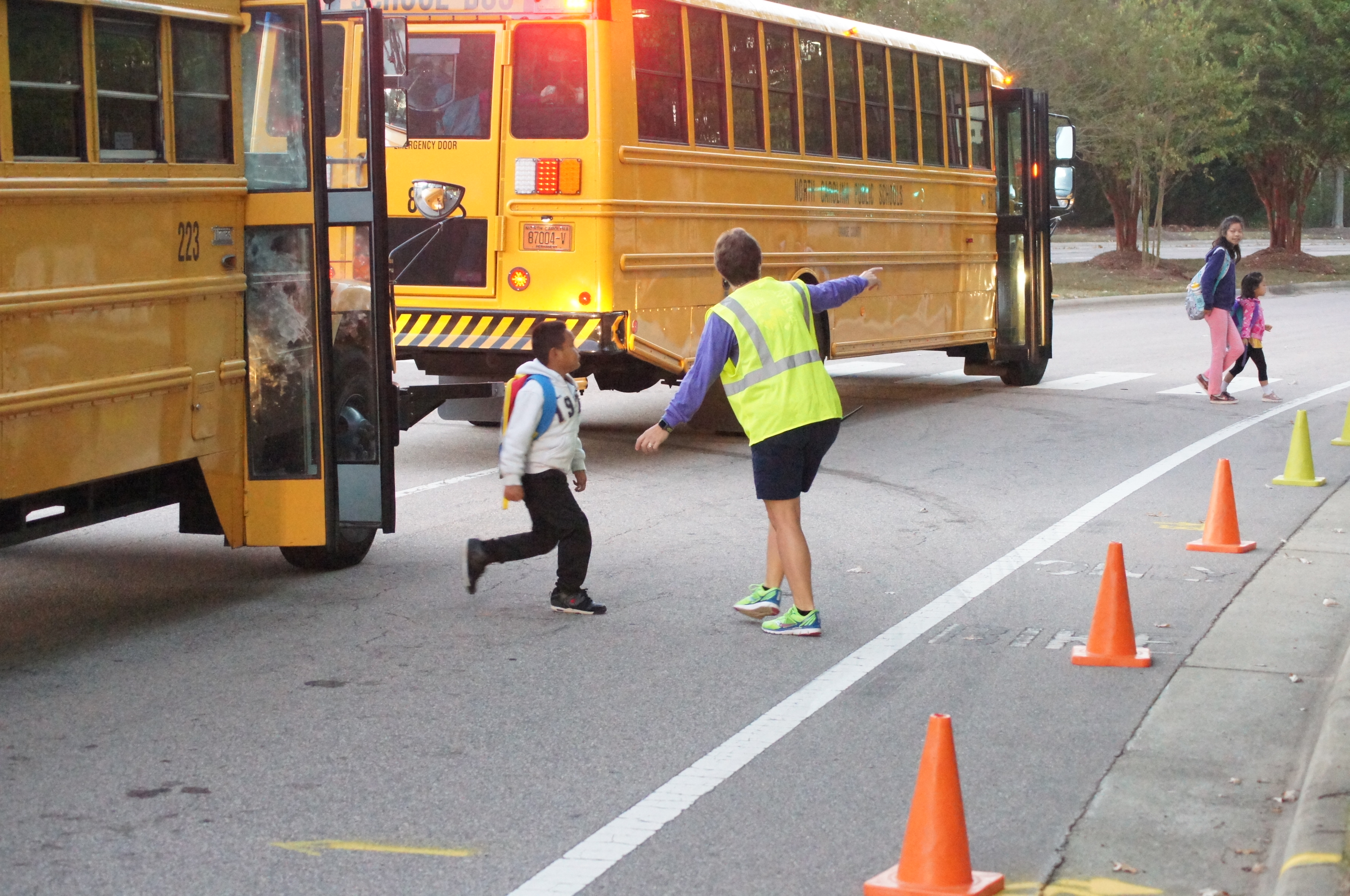
Judge Sets Deadline for N. Carolina To Boost School FundingA North Carolina judge has set a mid-October deadline for state lawmakers to follow a court-ordered plan to provide full funding for improving public education or he will take action himself. State Superior Court Judge David Lee said he was “very disheartened” that the General Assembly is funding a small part of a plan calling […]
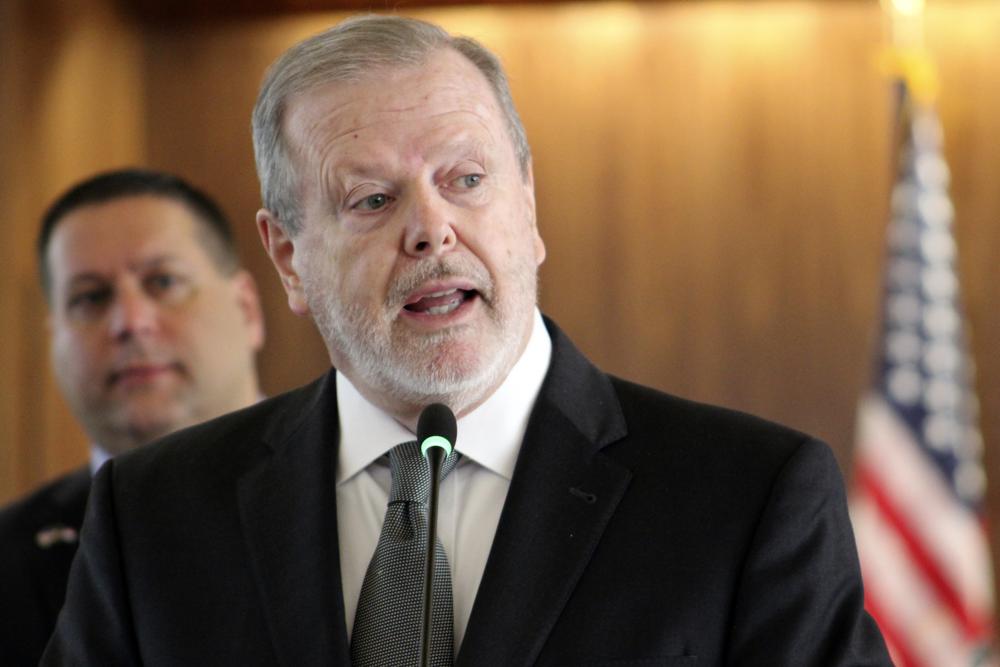
North Carolina Senate OK’s Bill Limiting Racial TeachingsWritten by BRYAN ANDERSON North Carolina Senate Republicans on Thursday passed a bill to limit how teachers can discuss certain racial concepts inside the classroom. The proposal seeks to bar educators from compelling students to personally adopt any ideas from a list of 13 beliefs, including the views that one particular race or sex is inherently […]
›

